Two weeks ago I wrote about my experience with special price offers for LED bulbs at Bauhaus. What I didn’t write was that I then just went to the other side of the street – well almost – and bought a 2.2 W E14 LED bulb at Jula.
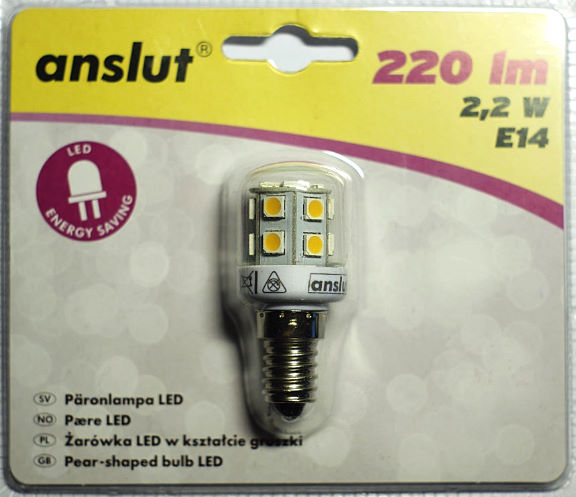
Why – well I have six of these lighting up my bookshelves. Originally I used CFLs for many years, but when these gave up one after the other I finally changed to LEDs. And there were these nice looking 2.2 W bulbs with a very nice light for a good price at Jula. I didn’t write it down, but I think it cannot have been more than three years ago when I put in the first of the LEDs.
And now – two weeks ago – the first of those gave up. And just a week later followed number two!
This inspired me to do some forensic research on the two broken LED bulbs. Clearly they could not possibly have passed the 25000 hours or 20000 times of switching, which “manufacturer” Anslut states on the back of the blister package – I estimate the lights to be on for less than 5 hours every day, which after 3 years would add up to just about 5500 hours and switching them on twice a day (morning and evening) adds up to less than 2200 cycles.
So? What’s wrong then?
Well it might be the quality – or rather the lack of such – in these particular LED lights!
In order to do forensic research I of course had to disassemble the LEDs  .
.
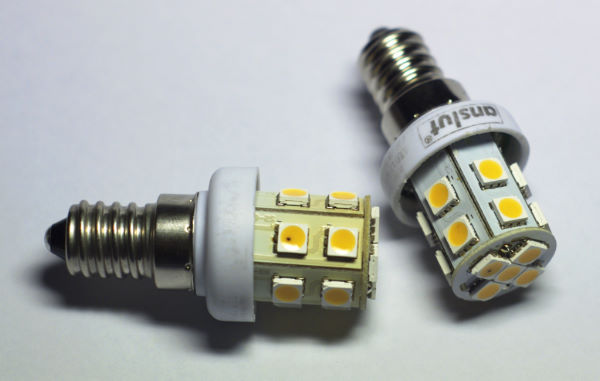
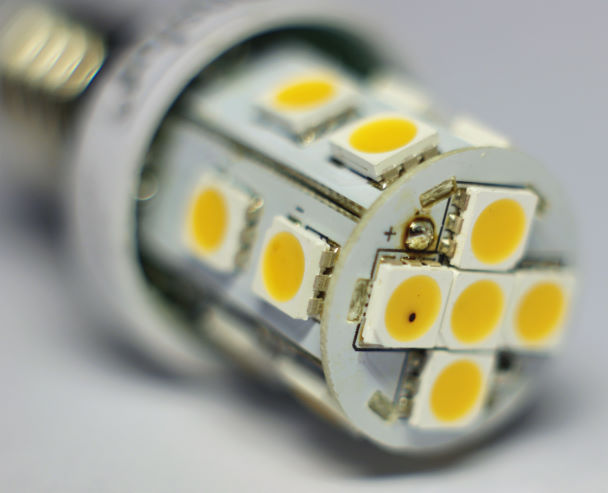
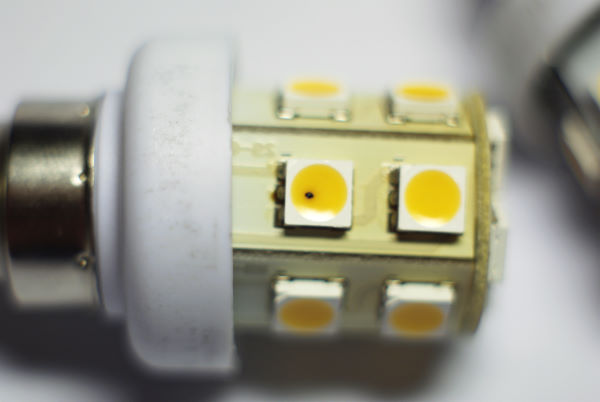
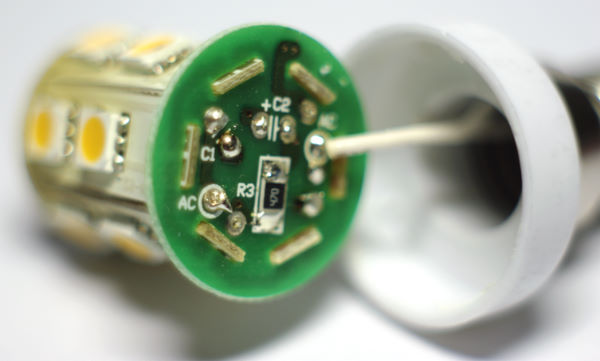
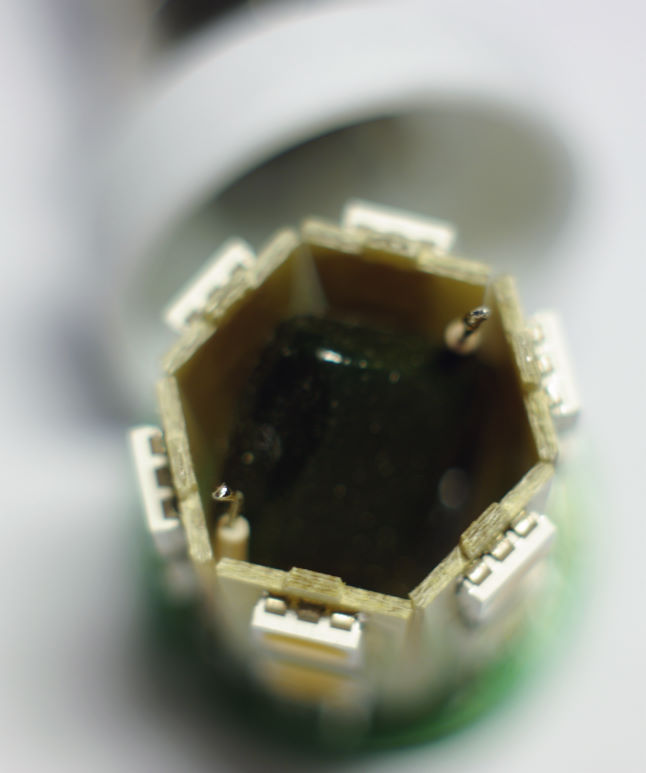

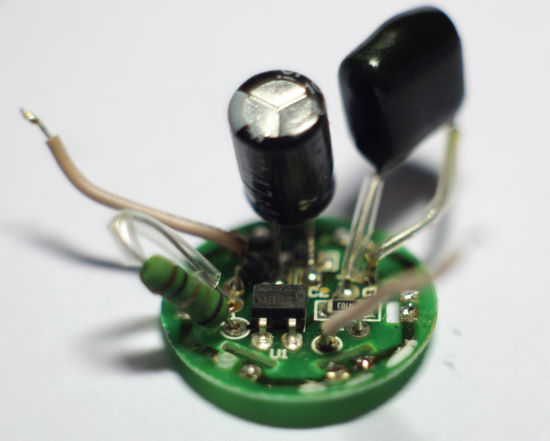
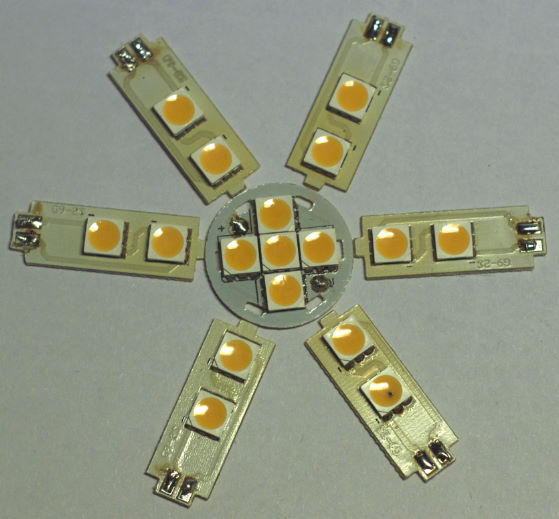
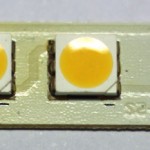
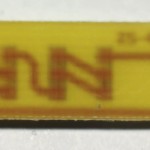
The LEDs are mounted on individual circuit boards carrying 2 and 5 LEDs of the PLCC 5050 type. Each package contains 3 individual LED chips with individual contacts on the sides of the package. Looking at the conductor pattern which is visible from the backside through the circuit board material, you can see that all LEDs on a board are connected in series. Going further you will find that also all boards are connected in series, which shows the construction of the lamp to be a single string of 51 individual LED chips.
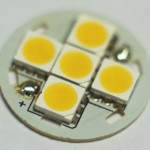
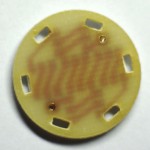
So what about the rest of the circuit – well it turns out that there is not that much, and that bit there is, is actually a bit frightening. No, I don’t believe that these LED bulbs are a danger for your health, but they must have been engineered by a couple of blind monkeys.
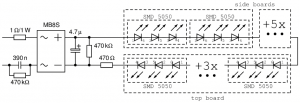
The circuit is a capacitor-coupled full-wave rectifier – nothing special so far, we have seen this in LED Christmas lights before. The utility companies might not be too happy about it, since the power factor of these circuits are really bad – but this is not the weakest point of this circuit. The mains capacitor was the darkened foil capacitor from above. The text on the package was almost undecipherable, but it reads 390nF/400V – no X or Y marking though! The capacitor is bypassed by a 470 kΩ SMD resistor – at least you will not get shocked from any remaining charge on this capacitor.
But then there is also a through-the-hole mounted 1 Ω resistor in series with one of the AC connectors. What is this resistor for? With its low value it can hardly limit any inrush current, is it a replacement for a more expensive fuse?
On the secondary side of the bridge rectifier there we find our friend from above, the electrolytic capacitor 4.7 µF/400V. We also see a 470 Ω resistor in series with the string of 51 LEDs – wait a second, 470 Ω? For what, assuming an LED current of 20 mA, this resistor will not add any reasonable amount of current limit on a string of 51 white LEDs!
I checked both capacitors: they both showed still their nominal value. Before that measurement I suspected that the 390 nF foil capacitor might have failed short and thus overloaded the LED string – I still cannot completely rule this out, since the surge of current might have immediately taken out the short again. I even unwrapped most of the capacitor’s foil, but didn’t find any bigger suspicious spot.
Measuring the characteristics of the LEDs made it possible to get a decent simulation of the circuit.
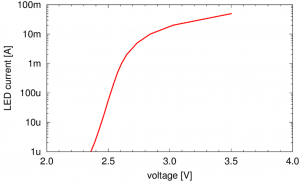
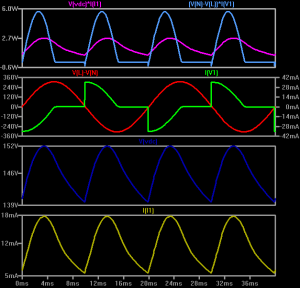
From these simulations one can see that the 4,7 µF capacitor on the DC side of the rectifier bridge is much too small to smoothen out the current through the LEDs – even if not disturbingly noticeable these LED light bulbs do flicker with twice the mains frequency, i.e. 100 Hz here in Europe.
Finally: yes I replaced both broken light bulbs with exactly the same type again. After all, they were on sale for just 29:- SEK (about 4.50 USD) – and they are most probably still much more reliable than the direct imports from China you can get on eBay. But quality does look differently as can be seen in other LED light bulbs I have disassembled over the year.

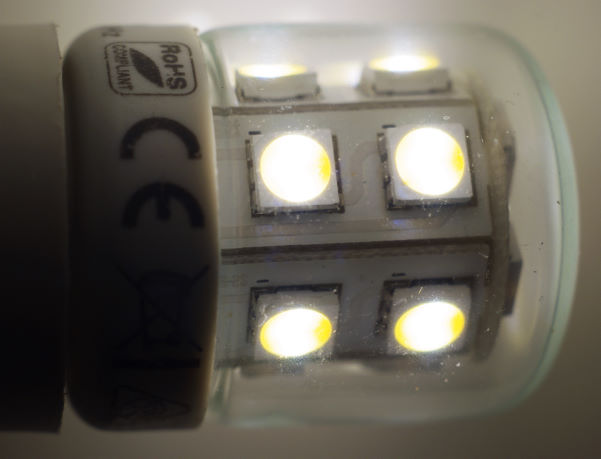
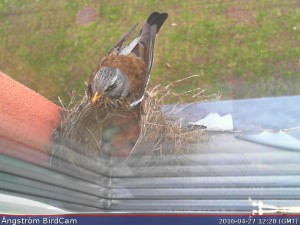
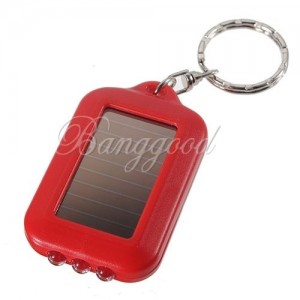
The 1 ohm resistor is for cheaper replacement for the fuse. Although one of the LED’s is dead, the rest most likely is still alive as the LED chip self-destruct. I use those old LED bulbs as cheap source for parts.
A very poor replacement for a fuse indeed…
The advantage of that design is that difference between having one led in series or not is so low that you can just bridge the burn LED and still get almost all light from them.
Disadvatages are the live connection of circuit, big inrush currents and lack of proper current control…
…but you still can bridge that “black-spot” LED and use it normally… if you won’t touch it by accident, leave it without cover, to operate a bit colder (they are usually way too hot)
I forgot to put an UPDATE here:
After yet another of the bulbs had failed I replaced them with IKEA-branded 3W E15 LED bulbs about 1 1/2 years ago.